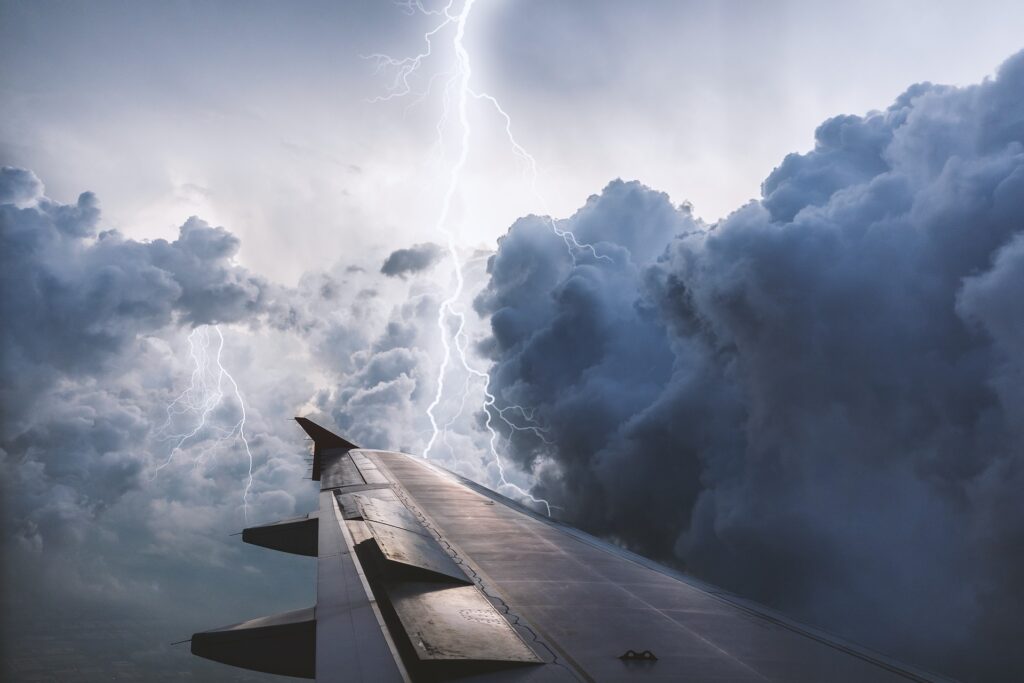There is no doubt that severe turbulence is effecting more and more flights. Climate change discussions aside, increasing incidents of severe turbulence is a fact!
How can we prevent the most serious consequences of inflight turbulence in this rapidly changing climate if we are to continue flying around the world?
First, passengers should pay more attention to the flight attendants safety briefing and the Safety Information Card provided for every seat. These are not something that should be ignored. The bit about ‘keeping your seat belt fastened at all times unless moving about the cabin’ is extremely important.
The wearing of seat belts on an aircraft is mandatory any time the seatbelt fasten sign is illuminated or any crew member have instructed them to be fastened. This will be during taxing, take off, climb out, descent and landing, expected or actual turbulence.
It is most noticeable on any flight when the seat belt fasten sign is extinguished that a cacophony of clicks is heard on board as a great number of passengers assume that it is an instruction to unfasten their seat belt.
This is NOT the case; it is simply done to advise that the mandatory period of use has ended. The seat belt sign being illuminated is therefore an instruction; it is NOT a suggestion to secure your seat belt,irrespective of what stage of flight the aircraft is at.
The airlines, pilots and meteorologists already work hard to reduce the chance that your flight will encounter turbulence. Ever since aircraft were pressurised and became substantially more powerful, they have been able to climb way above thegreater majority of the weather.
Furthermore, equipped with greatly improved en-route weather forecasts, and pilot reportsfrom proceeding aircraft, pilots can avoid most of the sort of weather which would make your flight uncomfortable. However, there are still types of weather which are most difficult to predict and indeed see on existing equipment, either from the ground or on the flight deck.
A good example of this is ‘clear air turbulence’. As the name suggests, it’s invisible and cannot be detected by any current aircraft equipment. Think of it as a giant bubble in which there is no air to support the aircraft.
Unfortunately encounters with clear air pockets and their impact on flight, are now becoming far more frequent and in areas where they have not formerly been encountered. The obvious association with climate change cannot therefore be ignored. It matters little if the reader does or does not believe in the changes in our climate, but I’m guessing the passengers on Singapore Airlines flight 321, and Qatar QR17 sure do!

